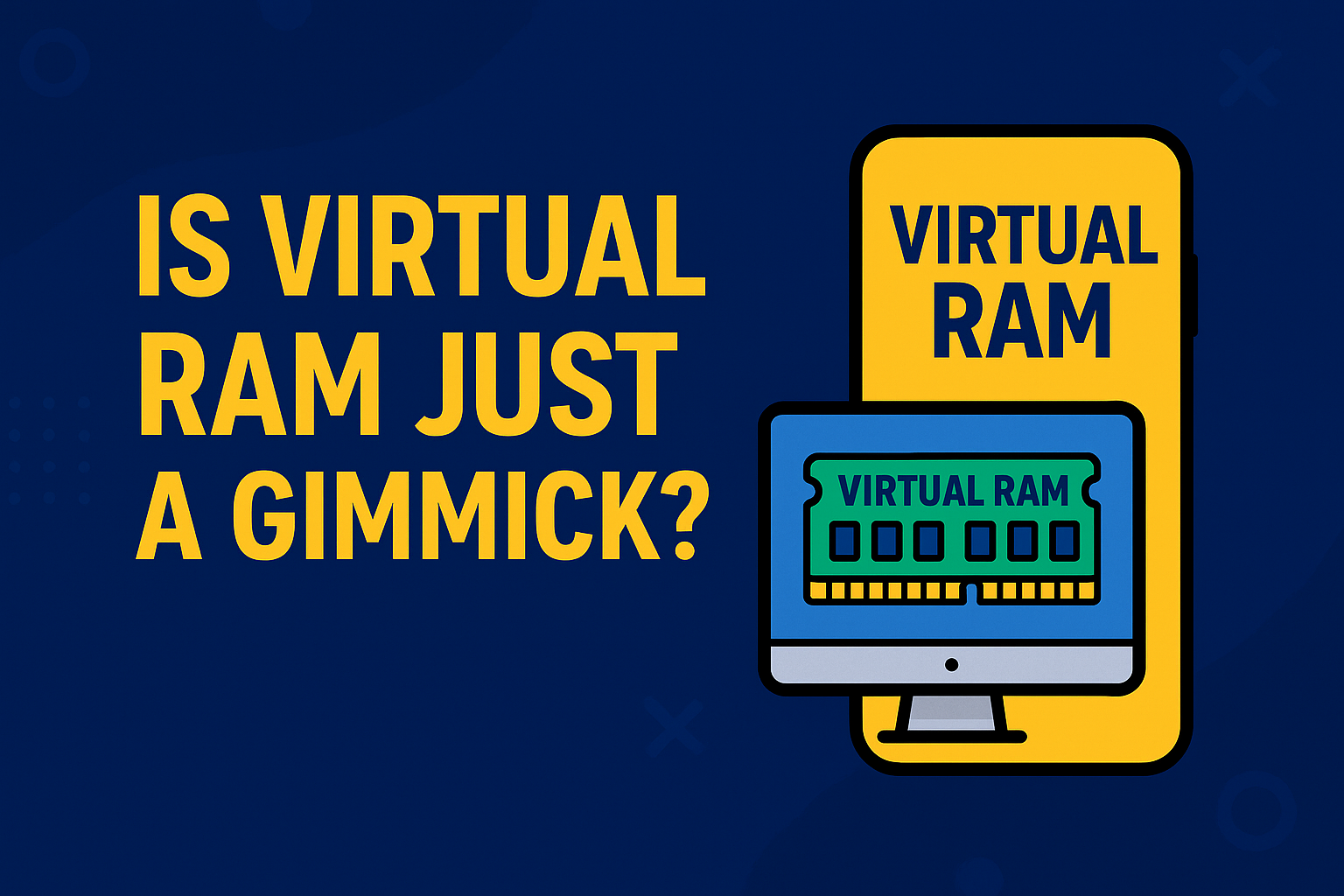Introduction – Why Everyone’s Talking About Virtual RAM
In recent years, smartphone and PC manufacturers have started highlighting a new feature in their specs — virtual RAM. You’ve probably seen this term in promotional materials or while exploring your device settings and wondered what it really means. Suddenly, every budget to mid-range phone claims to offer 6GB, 8GB, or even more virtual RAM. But why has this become such a big deal?
The reason is simple — users are demanding better performance from their devices. Whether it’s gaming, multitasking, or simply switching between apps, no one likes lag. To bridge the gap between affordable hardware and smooth user experience, brands have introduced virtual RAM as a way to boost performance without increasing actual physical memory. But this feature often creates confusion, especially among non-tech-savvy users.
Virtual RAM sounds fancy because it promises to make your phone or computer feel faster, especially when handling multiple apps or heavy tasks. But is it really as useful as it claims to be? Or is it just another marketing trick designed to make low-RAM devices look better on paper?
In this blog, we’ll explore what virtual RAM actually is, how it works, what benefits it offers, and whether it truly makes a difference in real-world usage. By the end of this article, you’ll have a clear understanding of whether virtual RAM is something worth paying attention to — or just another buzzword.
What is Virtual RAM? A Simple Explanation
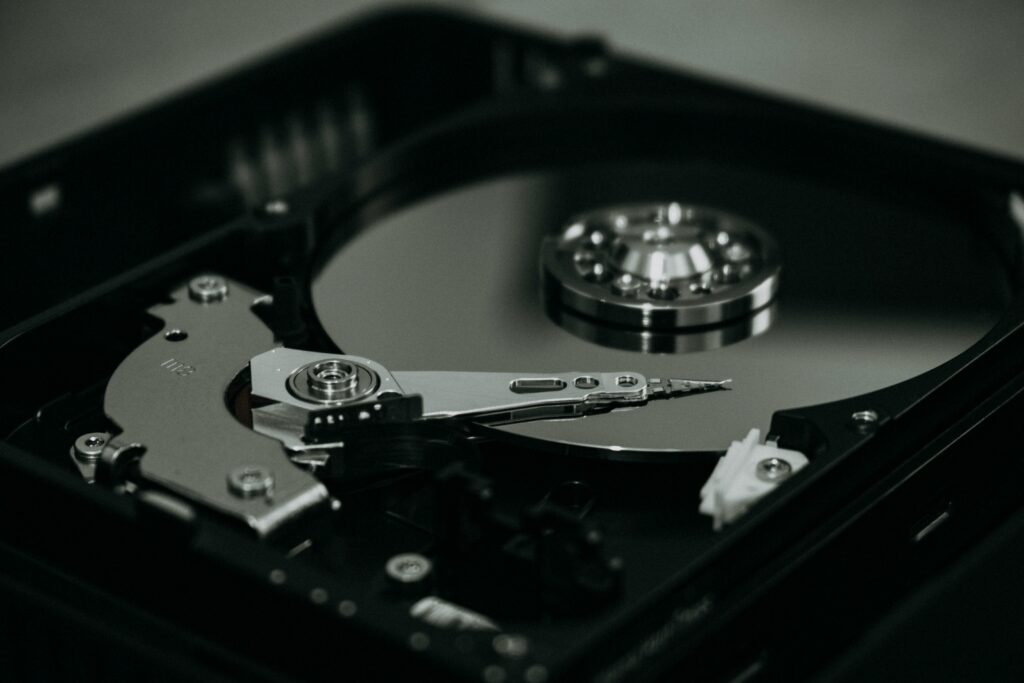
Virtual RAM is a software-based feature that uses a portion of your device’s internal storage to act like additional RAM. In simple terms, when your phone or computer runs out of physical RAM, it temporarily borrows space from storage to help manage active tasks more smoothly. This borrowed space mimics the behavior of real RAM, giving your system a performance boost during heavy multitasking.
Let’s break it down even further. RAM (Random Access Memory) is the part of your device that handles ongoing tasks — like running apps, switching between them, and loading content instantly. But when physical RAM gets full, the system slows down. That’s where virtual RAM comes in. It provides extra breathing room by offloading some background tasks into internal storage, helping the device avoid sudden lag or crashes.
However, since internal storage is slower than actual RAM, virtual RAM isn’t as fast or efficient. It can’t fully replace real RAM, but it can delay performance issues in situations where RAM is nearly full. For example, if your phone has 4GB RAM and supports 4GB virtual RAM, the system behaves like it has 8GB — but only on a surface level.
Virtual RAM is especially useful for budget smartphones or older devices with limited memory. It helps extend their usability and makes day-to-day tasks smoother. Still, it’s important to remember that virtual RAM is a backup, not a complete solution. It works best as a support system, not a replacement for physical memory.
In short, virtual RAM is a clever trick that temporarily turns storage into memory, offering extra support when your system needs it the most. Learn more on Wikipedia.
How Does Virtual RAM Work on Mobile and PC?
Virtual RAM works by converting a portion of your device’s internal storage into temporary memory space, which acts as an extension of the physical RAM. While it doesn’t physically add new memory chips to your phone or PC, it allows the operating system to handle more apps or processes without slowing down, especially when physical RAM is nearly full.
On mobile devices, virtual RAM is often marketed as “RAM expansion” or “memory fusion.” When enabled, the system automatically reserves part of the internal storage — usually a few gigabytes — and uses it to store background app data. This frees up actual RAM for more demanding tasks, such as gaming or multitasking. Android smartphones from brands like Samsung, Xiaomi, Vivo, and Realme are increasingly offering this feature in their settings, allowing users to turn it on or off based on preference.
In PCs, this concept is known as the paging file or virtual memory. When the system runs out of physical RAM, it moves less-used data to a reserved space on the hard drive or SSD, known as the page file. This keeps important tasks running smoothly. However, performance can be slower compared to using actual RAM, since reading from storage is significantly slower than accessing real memory.
It’s important to note that while virtual RAM helps in keeping apps running and avoiding system crashes, it doesn’t magically make your device faster. Its main job is to support multitasking by keeping more apps in memory. For heavy users or gamers, virtual RAM offers a temporary performance buffer, but not a substitute for real RAM.
In summary, virtual RAM on both mobile and PC helps extend the usability of your device by intelligently using storage to supplement memory needs during peak usage.
Difference Between Physical RAM and Virtual RAM
Understanding the difference between physical RAM and virtual RAM is essential to know how your device manages memory and performance. While both serve the same purpose — helping your device run multiple tasks — they work very differently behind the scenes.
Physical RAM is the actual hardware component installed in your device. It’s fast, volatile memory that temporarily stores data from apps and the operating system while they’re running. The more physical RAM your device has, the better it can handle demanding tasks like gaming, video editing, or multitasking without slowing down.
Virtual RAM, on the other hand, is not a hardware upgrade. It uses a portion of your device’s internal storage as backup memory when the physical RAM gets full. This is done through software, and although it helps reduce lags and keep background apps active, it’s much slower compared to real RAM because storage read/write speeds are lower than those of RAM chips.
Another key difference is performance. Physical RAM processes data instantly, making it ideal for active apps and real-time functions. Virtual RAM only steps in during memory overload, acting as a secondary helper rather than a primary performer. That’s why devices with high physical RAM still perform better than those relying heavily on virtual RAM.
Moreover, virtual RAM depends on the speed and health of your internal storage. On low-end devices with slow storage, it may not deliver noticeable benefits and can even slow things down if overused.
In short, physical RAM is your device’s main memory powerhouse, while virtual RAM is more like a safety net. Both work together to enhance performance, but they’re not interchangeable. If you want true speed, physical RAM is what matters most, while virtual RAM is just a useful add-on when needed.
Key Benefits of Virtual RAM
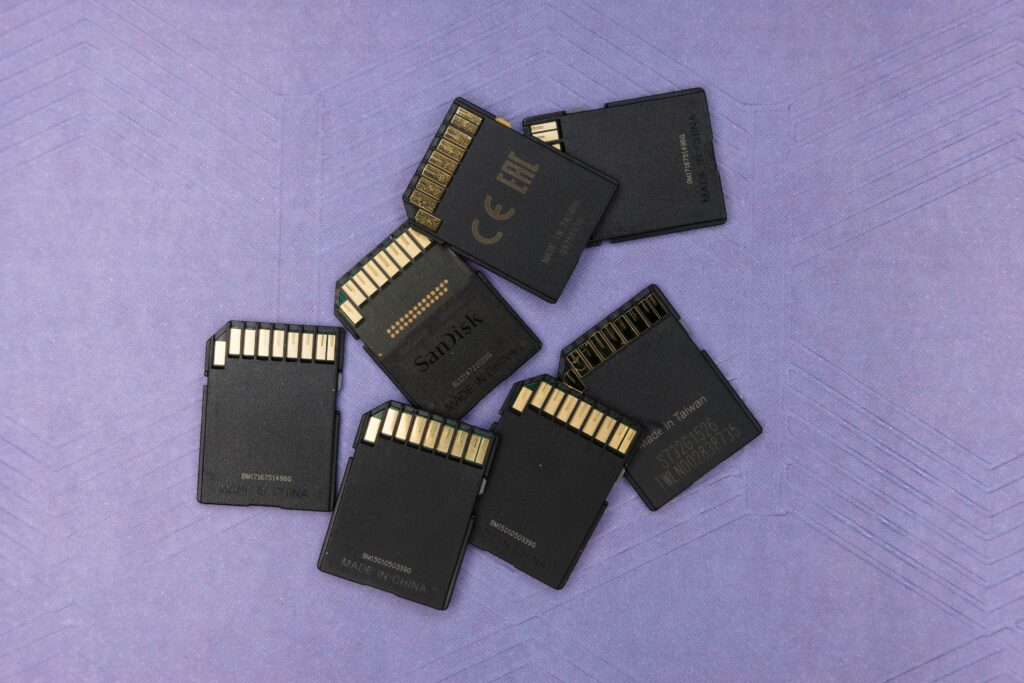
Virtual RAM offers several practical benefits, especially for users with devices that have limited physical memory. While it doesn’t replace actual RAM, it can significantly improve day-to-day performance by offering a temporary extension of your system’s multitasking capabilities. Let’s explore the key benefits of virtual RAM and why it has become such a popular feature in modern smartphones and PCs.
The most noticeable advantage is improved multitasking. With virtual RAM, your device can keep more apps open in the background without forcing them to reload every time you switch between them. This results in a smoother user experience, especially on smartphones with 4GB or less physical RAM.
Another benefit is enhanced system stability. When physical RAM reaches its limit, virtual RAM steps in to offload less critical tasks. This helps prevent app crashes or system slowdowns, making your phone or computer feel more responsive even under heavy usage.
For budget smartphone users, virtual RAM adds value without increasing hardware costs. Instead of paying more for a higher RAM variant, users can enjoy extended memory features through software updates. This makes entry-level and mid-range devices more capable of handling modern apps and games.
Virtual RAM also helps extend the life of older devices. As apps become heavier with time, devices with limited RAM tend to lag. Virtual RAM offers a performance cushion, helping users continue using their older phones or laptops without upgrading immediately.
In essence, virtual RAM acts as a smart assistant to your physical memory. It doesn’t perform miracles, but it offers a subtle, helpful boost that can make a big difference in everyday usage, especially for multitasking and background app management.
Common Myths About Virtual RAM
As virtual RAM becomes a more common feature in smartphones and computers, several myths and misconceptions have started circulating among users. Many believe it’s a magical performance upgrade, while others assume it can replace real hardware. Let’s clear up some of the most common myths about virtual RAM and understand what’s fact and what’s fiction.
One of the biggest myths is that virtual RAM makes your device as fast as having more physical RAM. This is not true. While virtual RAM helps in managing memory more efficiently, it cannot match the speed, efficiency, or reliability of actual RAM chips. It’s only a backup, not a direct performance booster.
Another common misconception is that enabling virtual RAM automatically improves gaming or high-performance tasks. In reality, virtual RAM works best for background processes and multitasking. It won’t give you higher frame rates in games or faster video rendering, especially if your physical RAM is already sufficient.
Some users also believe that virtual RAM increases total storage. This is false. In fact, virtual RAM uses part of your internal storage, reducing the available space slightly. It doesn’t give you extra memory or extra storage — it simply reallocates what’s already there.
There’s also a myth that more virtual RAM always means better performance. While having a few extra GBs can help, adding too much can slow things down, especially if your device’s storage isn’t fast enough. Virtual RAM heavily depends on your internal storage speed, and overuse can cause unnecessary load.
In short, virtual RAM is a helpful feature, but it’s not a miracle solution. Believing these myths can lead to unrealistic expectations. It’s important to understand that virtual RAM is a support tool — it helps your device manage memory smarter, not faster.
Limitations of Virtual RAM You Should Know
While virtual RAM offers some useful advantages, it also comes with limitations that users should be aware of. Many people assume it’s a complete substitute for physical RAM, but the reality is quite different. Understanding these limitations will help you set realistic expectations about how virtual RAM affects your device’s performance.
The biggest limitation is speed. Virtual RAM uses your internal storage, which is significantly slower than physical RAM. Even with fast UFS storage in modern smartphones or SSDs in PCs, virtual RAM can’t match the lightning-fast access speeds of actual RAM chips. As a result, performance gains are modest and often only noticeable when physical RAM is already maxed out.
Another drawback is storage consumption. Since virtual RAM uses a portion of your device’s internal storage, it reduces your available space. If you have a phone with limited storage capacity, enabling virtual RAM might leave you with less space for apps, media, and files.
Virtual RAM also can’t handle high-performance tasks like gaming, 4K video editing, or intensive multitasking. These operations require high-speed, real-time memory, which only physical RAM can provide efficiently. Relying solely on virtual RAM for such tasks may result in lag or thermal throttling.
Additionally, excessive use of virtual RAM can lead to increased wear and tear on your storage. Flash storage has a limited number of read/write cycles, and constantly swapping data between storage and RAM can shorten its lifespan, especially on budget devices with slower memory chips.
Lastly, virtual RAM performance depends on software optimization. If the device’s operating system doesn’t manage memory well, enabling virtual RAM may have little to no positive effect.
In short, virtual RAM is a helpful addition for light multitasking and improving user experience on low-RAM devices, but it has clear technical limits. It should be seen as a temporary helper, not a long-term replacement for physical memory.
Is Virtual RAM Just a Marketing Gimmick?
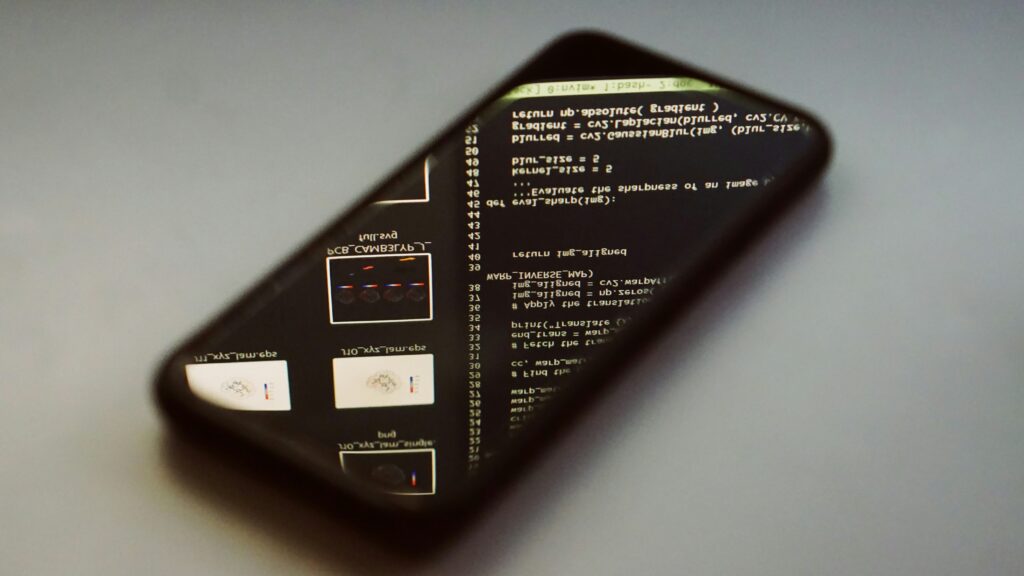
With almost every smartphone brand highlighting virtual RAM in their promotional campaigns, many users are beginning to wonder — is virtual RAM just a marketing gimmick? The answer lies somewhere between smart optimization and clever branding. While virtual RAM does offer practical benefits, the way it’s presented often creates unrealistic expectations.
Manufacturers promote virtual RAM as if it instantly boosts performance and turns a 4GB RAM phone into an 8GB powerhouse. In reality, virtual RAM cannot match the speed or efficiency of actual RAM. It relies on internal storage, which is much slower, and is mainly useful for handling background apps or reducing system lag during memory overload. For light to moderate users, this can improve day-to-day performance slightly, but it won’t transform your device into a high-end performer.
The real issue is how brands use virtual RAM to market budget devices. Instead of investing in higher physical RAM, some companies add a few GBs of virtual RAM and promote it as a major performance upgrade. For tech-savvy users, this is easy to spot. But for average consumers, it can be misleading and may influence their buying decisions based on half-truths.
That said, virtual RAM isn’t completely useless. When implemented properly, it can genuinely improve user experience, especially on entry-level phones or older devices with limited RAM. But it works best as a supportive feature — not as a headline spec.
So, is virtual RAM a gimmick? Not entirely. It’s a real feature with real use cases. But when it’s used as the main selling point instead of physical specs, it leans more toward marketing hype than meaningful performance gains. The key is to understand what it can and can’t do — and not fall for exaggerated claims.
How to Check or Enable Virtual RAM in Android Devices
If you’ve recently bought a smartphone, especially a budget or mid-range Android device, chances are it supports virtual RAM. Many brands now include this feature under different names like Memory Expansion, RAM Plus, or Dynamic RAM. Here’s how you can check or enable virtual RAM on your Android phone, depending on the brand and model.
First, go to your phone’s Settings and search for terms like RAM Expansion, Virtual RAM, or Memory Boost in the search bar. If your phone supports it, the option will appear under Additional Settings, Device Care, or About Phone, depending on the user interface.
On Samsung devices, the feature is called RAM Plus. To enable it, go to Settings > Battery and Device Care > Memory > RAM Plus. You can choose how much virtual RAM to allocate, such as 2GB, 4GB, or 6GB.
For Xiaomi or Redmi phones, head to Settings > Additional Settings > Memory Extension and turn it on. Some models offer a fixed amount, usually 2GB or 3GB.
In Realme and OPPO phones, it’s called RAM Expansion. You’ll find it under Settings > About Device > RAM > RAM Expansion, where you can select how much extra RAM to allocate from storage.
Vivo phones offer Extended RAM under Settings > RAM and Storage Space.
Keep in mind that enabling virtual RAM will reduce some portion of your internal storage, so make sure you have enough free space. Also, you may need to restart your phone after enabling it for the changes to take effect.
Not all devices support this feature, especially older models or phones with custom ROMs. If you don’t see the option, your device may not support virtual RAM through the software.
Top Smartphones with Virtual RAM in 2025
As virtual RAM becomes a standard feature across Android smartphones, many brands are now offering it even in entry-level and mid-range models. In 2025, several phones come equipped with advanced memory expansion features to improve multitasking and user experience. Here are some of the top smartphones with virtual RAM support in 2025, making them great choices for performance on a budget.
1. Samsung Galaxy M15 5G
Samsung’s RAM Plus feature allows users to expand memory by up to 8GB using internal storage. The Galaxy M15 5G, with its smooth One UI optimization and MediaTek Dimensity processor, benefits greatly from this feature for everyday multitasking.
2. Redmi Note 13 Pro+
Xiaomi continues to offer virtual RAM under its Memory Extension setting. The Note 13 Pro+ supports up to 8GB virtual RAM on top of its physical RAM, which enhances performance in gaming and background app retention.
3. Realme Narzo 70 Pro 5G
Realme’s RAM Expansion system works seamlessly in this device, offering up to 12GB total RAM (6GB physical + 6GB virtual). With its Dimensity 7050 chip, the phone handles multitasking efficiently using virtual RAM support.
4. Vivo T3 5G
Vivo’s Extended RAM feature allows users to add up to 8GB extra memory from storage. The T3 5G already comes with 8GB physical RAM, and the addition of virtual RAM makes it smoother for running multiple apps.
5. iQOO Z9 5G
The Z9 5G uses virtual RAM to push its multitasking performance further. iQOO offers this through system settings, allowing up to 8GB expansion, which is useful for users who push their phones for performance-heavy tasks.
In 2025, virtual RAM is no longer just a flagship feature. It’s now available across multiple price segments, improving performance without raising costs. If you’re shopping for a phone that can handle multitasking better, choosing a model with virtual RAM support is a smart move — just remember, it works best when paired with decent internal storage and optimization.
Virtual RAM vs RAM Expansion – Are They Same?
Many smartphone users often confuse the terms virtual RAM and RAM expansion, assuming they are two different features. In reality, both refer to the same underlying concept — using a portion of internal storage to act like temporary RAM. However, the difference mainly lies in branding and how various smartphone companies name this feature in their software.
Virtual RAM is the general term used in the tech world to describe a software technique where the device allocates storage space to support RAM functions when physical memory is running low. It helps in improving multitasking by keeping more apps active in the background and reducing reload times.
RAM expansion, on the other hand, is simply a marketing label used by brands like Realme, Xiaomi, and OPPO. For example, Realme calls it RAM Expansion, Samsung names it RAM Plus, Vivo calls it Extended RAM, and Xiaomi uses Memory Extension. While the names vary, the technology behind them is the same — temporary memory support through internal storage.
The main goal of both virtual RAM and RAM expansion is to make low-RAM devices handle more tasks efficiently. But it’s important to note that neither of them adds actual physical RAM to the device. They only simulate RAM behavior using storage, which is slower in performance compared to real RAM chips.
So, are virtual RAM and RAM expansion the same? Technically, yes. They are just different names for the same functionality, depending on your device brand. What matters most is how well your device’s software handles memory management — not what the feature is called. Understanding this will help you avoid confusion and set proper expectations about what this technology can and can’t do.
When Does Virtual RAM Actually Help? (Real-World Use Cases)
Virtual RAM might sound like a complex feature, but its benefits can be clearly felt in certain real-world situations, especially on devices with limited physical memory. While it’s not a direct substitute for actual RAM, virtual RAM does help in specific scenarios where memory demand is high and available RAM is low. Let’s look at when virtual RAM actually makes a noticeable difference.
One of the most common use cases is multitasking. If you often switch between multiple apps — like using WhatsApp, YouTube, Chrome, and Instagram together — virtual RAM helps by keeping those apps active in the background. This reduces app reloads and saves time, especially on phones with 4GB or 6GB RAM.
Another scenario where virtual RAM shines is during light gaming sessions. While it doesn’t boost FPS or graphic quality, it allows your phone to manage background tasks more efficiently while a game is running. This ensures fewer frame drops caused by sudden memory pressure.
Older smartphones also benefit from virtual RAM. Devices that were launched with limited memory start to slow down over time as apps get heavier. Enabling virtual RAM on such phones gives them extra breathing room to handle modern app requirements, helping users delay the need for an upgrade.
Virtual RAM can also be helpful during video calls or meetings, where multiple apps like the camera, background apps, and messaging platforms run at once. It ensures smoother performance without random lags or forced app closures.
In essence, virtual RAM helps most when your physical RAM is on the edge — during multitasking, background activity, or moderate resource use. It won’t speed up everything, but it plays a quiet, supportive role in maintaining performance stability during everyday tasks.
Should You Rely on Virtual RAM While Buying a Phone?
Virtual RAM has become a buzzword in smartphone marketing, especially in budget and mid-range segments. Many brands highlight it as a key selling point, leading buyers to believe it can replace the need for higher physical RAM. But the real question is — should you rely on virtual RAM while buying a phone? The short answer: only as a bonus, not a main factor.
When choosing a smartphone, your priority should always be the actual physical RAM. This is the memory your device uses for real-time tasks like gaming, multitasking, app launching, and background activity. Physical RAM is faster, more reliable, and essential for smooth performance. A phone with 6GB or 8GB real RAM will always perform better than a phone with 4GB RAM plus 4GB virtual RAM.
Virtual RAM is useful, but only as a secondary helper. It kicks in when your device runs out of physical memory, offering temporary support by using internal storage. This is helpful for background app retention and reducing lags during heavy usage, but it’s not meant for high-performance needs like gaming or content creation.
Also, virtual RAM’s effectiveness depends on your phone’s storage speed and software optimization. On a device with slow eMMC storage or poorly optimized software, virtual RAM may have little to no real-world benefit. In some cases, it can even slow things down by overloading the storage system.
So, while virtual RAM can improve day-to-day usability, it should never replace physical RAM in your buying decision. If a phone heavily markets virtual RAM but lacks solid hardware specs, think twice. Always consider physical RAM, processor, storage type (UFS vs eMMC), and overall software stability before making a purchase. Virtual RAM is good to have — but only if the core specs are already strong.
Conclusion – The Reality Behind Virtual RAM
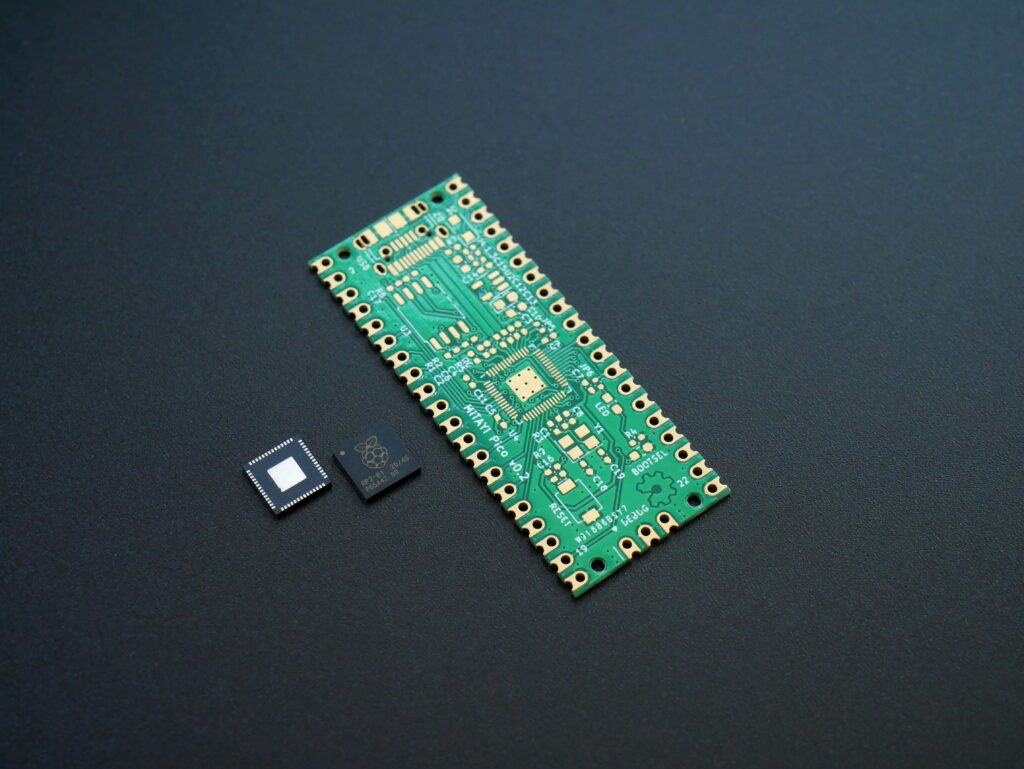
Virtual RAM has gained a lot of attention in recent years, often featured as a highlight in smartphone specifications. While it does offer genuine benefits for smoother multitasking and improved background app management, it’s important to understand its true purpose and limitations. Virtual RAM is not a replacement for physical RAM, but rather a smart software solution that uses part of your internal storage to ease the load on actual memory when needed.
In real-world usage, virtual RAM helps budget and mid-range phones perform better under pressure. It supports everyday tasks like switching between apps, keeping more apps running in the background, and preventing slowdowns during light multitasking. However, expecting it to boost performance in high-end gaming, video editing, or other demanding tasks can lead to disappointment.
The effectiveness of virtual RAM also depends on factors like storage speed, system optimization, and available space. On a well-optimized phone with fast UFS storage, it can make a noticeable difference. But on devices with slow storage or poor memory management, the results may be minimal or even negative.
As a consumer, it’s essential to view virtual RAM as a supportive feature — a bonus, not a necessity. When buying a new phone, focus on core specs like physical RAM, processor, storage type, and software stability. If the phone includes virtual RAM on top of good hardware, that’s a plus. But relying solely on it for performance is not a wise choice.
In the end, virtual RAM is a helpful tool that can enhance the user experience, especially on phones with limited memory. But understanding its role and setting realistic expectations is key to making the most of it.
Also Read: Why Chinese Phones Are So Cheap in 2025? Full Truth Inside
FAQs on Virtual RAM
Q1. What is virtual RAM in smartphones?
Virtual RAM is a software feature that uses a portion of your device’s internal storage as temporary memory to support the physical RAM. It helps improve multitasking by keeping more apps running in the background.
Q2. Does virtual RAM really improve performance?
Yes, but only to a certain extent. Virtual RAM helps in smoother app switching and background activity, especially on phones with limited physical RAM. However, it doesn’t boost speed in gaming or heavy tasks.
Q3. Can virtual RAM replace physical RAM?
No. Virtual RAM is slower because it relies on storage, not dedicated memory chips. It’s meant to support physical RAM, not replace it. Devices with more physical RAM will always perform better.
Q4. Is virtual RAM useful for gaming?
Not significantly. Gaming requires fast and consistent memory, which only physical RAM provides. Virtual RAM may help keep background apps running, but it won’t improve frame rates or gaming performance.
Q5. Does virtual RAM affect phone storage?
Yes, it uses a portion of your internal storage. For example, if your phone has 128GB storage and allocates 4GB as virtual RAM, your usable storage slightly decreases.
Q6. How can I enable virtual RAM on my phone?
Go to Settings and search for terms like RAM Expansion, RAM Plus, or Memory Extension depending on your brand. It’s usually found under About Phone or Additional Settings.
Q7. Can I add virtual RAM to any phone?
No. Your device must support virtual RAM through its software. If the option isn’t available in settings, it likely isn’t supported on your model.
Q8. Is virtual RAM safe to use?
Yes, it’s safe. It’s managed by the system and won’t harm your phone. Just ensure you have enough free storage, as it uses that space for memory expansion.
Q9. Does virtual RAM drain battery faster?
Not directly, but if your device relies heavily on storage for memory management, it could slightly affect battery life due to increased background activity.
Q10. How much virtual RAM is enough?
Most phones offer 2GB to 8GB of virtual RAM. For regular users, 4GB is usually sufficient. The ideal amount depends on your device’s physical RAM and your usage habits.
